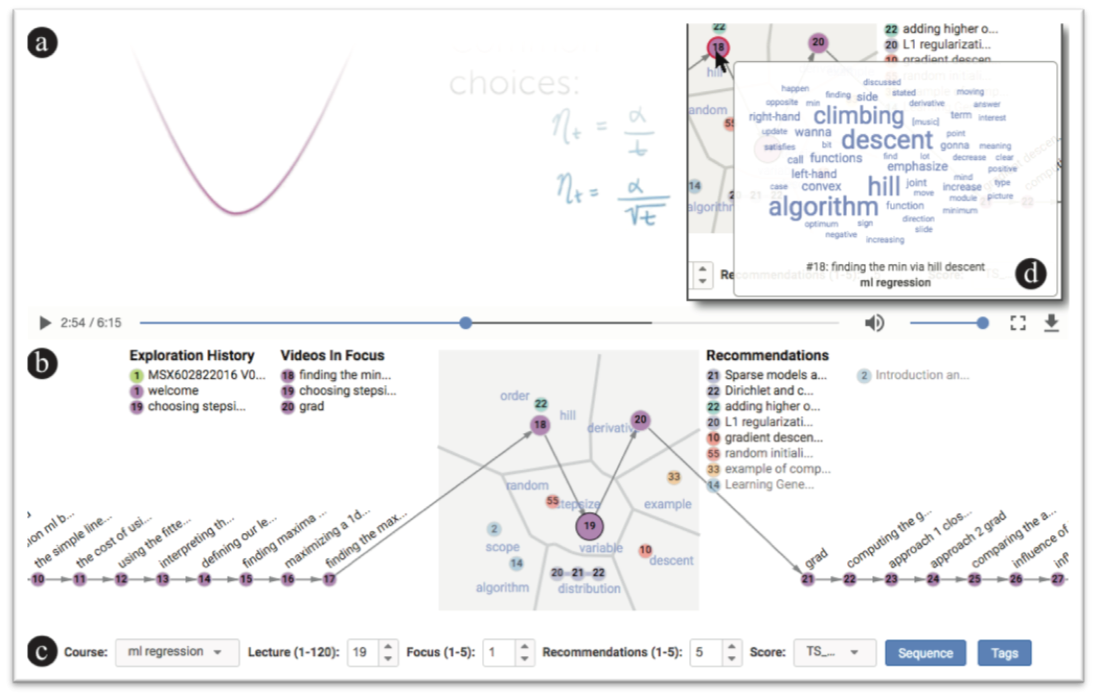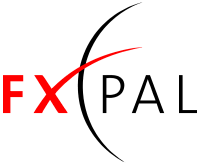I work on the data and learning team at pocket.
We work with the editorial and engineering teams to power all content recommendation services.
A recent focus is the explore pages which
have a 28% click through rate.
I also build data mining tools to identify prospective content for the firefox
new tab
and for our syndication efforts.
 |
pocket:
|
 |
sequential MOOC video recommendation:
Massive Open Online Courses (MOOCs) have transformed distance learning. Our system targets professional learners who wish to augment their skills without obtaining a degree or certification. Our recommendation engine integrates sequential pattern mining of course syllabi with a content-based pipeline to recommend users appropriate content to watch next. Our visualization interface enable users to understand semantic relationships between the current video and recommendation results from a corpus of over 4000 videos from machine learning MOOCs from various platforms [ICMR 2018], [CHI 2018]. |
 |
interactive multimedia applications:
I have worked on multiple interactive applications that combine powerful user interfaces with content analysis. The common goal in this work is to augment users' ability to use and manage content. Areas of focus have been the development of scalable, generic analysis techniques and the selective exposure of intermediate results of automatic analysis within appropriate interfaces. |
 |
content-based multimedia processing:
I have worked on analyzing both the content and structure of multimedia data and data collections. This included event-based grouping of digital photos, video and audio segmentation and grouping, automatic media alignment, and automatic image annotation. |
 |
computer vision:
My graduate work formulated object recognition as a noisy communication problem. From this viewpoint, information theoretic measures characterize recognition perfomance. We also extended three-dimensional rigid object templates with a low dimensional representation of a random field to model the appearance of objects' surfaces. |